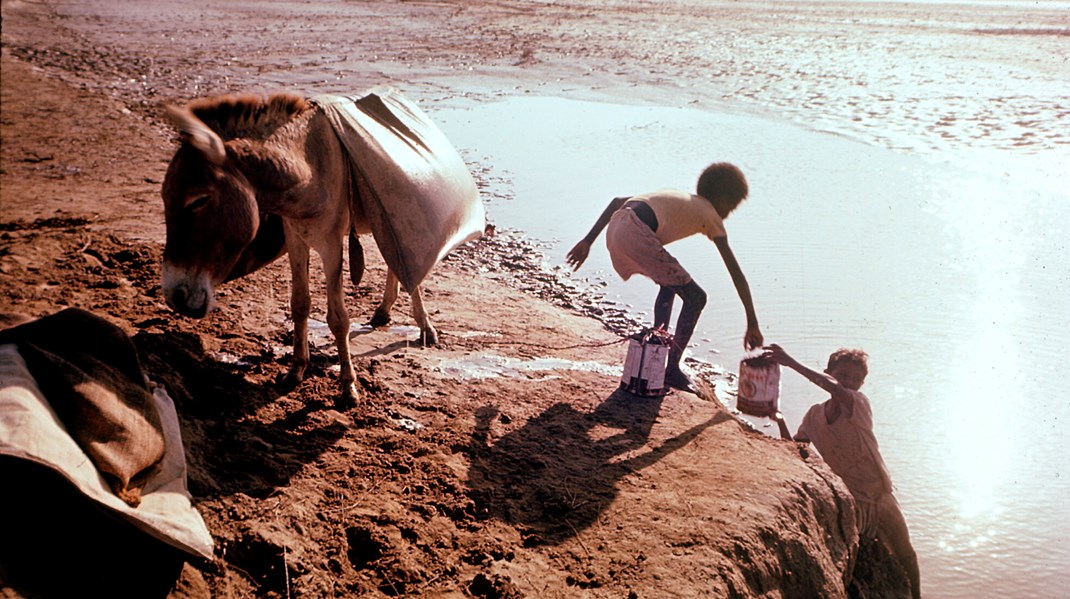Disasters have triggered around 265 million displacements during the past decade
INTRODUCTION
Disasters have triggered around 265 million displacements since IDMC began collecting data on the phenomenon in 2008, more than three times the figure for conflict and violence. Given the scale of the issue, the need to address the risk of displacement associated with disasters has been explicitly recognised in global policy agendas on disaster risk reduction and climate change.
The problem is likely to grow and become more intractable in the future. Weather-related hazards account for more than 87 per cent of all disaster displacement, and the impacts of climate change and the increasing concentration of populations in areas exposed to storms and floods mean that ever more people are at risk of being displaced.
People displaced by disasters face similar challenges to those who flee conflict and violence. Many lose their home, assets and income, and they face insecurity, reduced access to basic needs and services such as water, food, healthcare and education and disrupted social networks.
Despite its scale, there are significant gaps in timely, accurate data on the phenomenon. This limits our collective understanding of the needs of those displaced and how to assist them in re-establishing their lives.
It also impedes our ability to assess the full impact of disaster displacement on individuals, communities and countries, and to estimate future risk.
This report is a first attempt to take comprehensive stock of the data collected and published at the global level, and it reveals a number of inconsistencies. These include who is defined as displaced and no longer displaced, and which events and phenomena trigger the collection of data – and which do not.
The report examines who collects disaster displacement data, how they do it and for how long, and highlights good practices as well as gaps. It discusses the availability of data about the scale and location of new displacement, its cross-border dimensions, the characteristics of those displaced and data about returns and other processes that would help to understand when displacement ends. It also looks at the data available to assess the risk of future displacement, and what is missing.
The analysis reveals the most important gaps and provides a roadmap and recommendations for future action. It identifies promising new types of data and means of analysis that have the potential to improve our understanding of this global challenge. Filling the gaps would also be an important step toward addressing displacement as part efforts to implement the Paris Agreement, and in particular the United Nations Framework Convention on Climate Change (UNFCCC)’s Warsaw International Mechanism on Loss and Damage and the work of its task force on displacement, the Sendai Framework for Disaster Risk Reduction and the Sustainable Development Goals.


